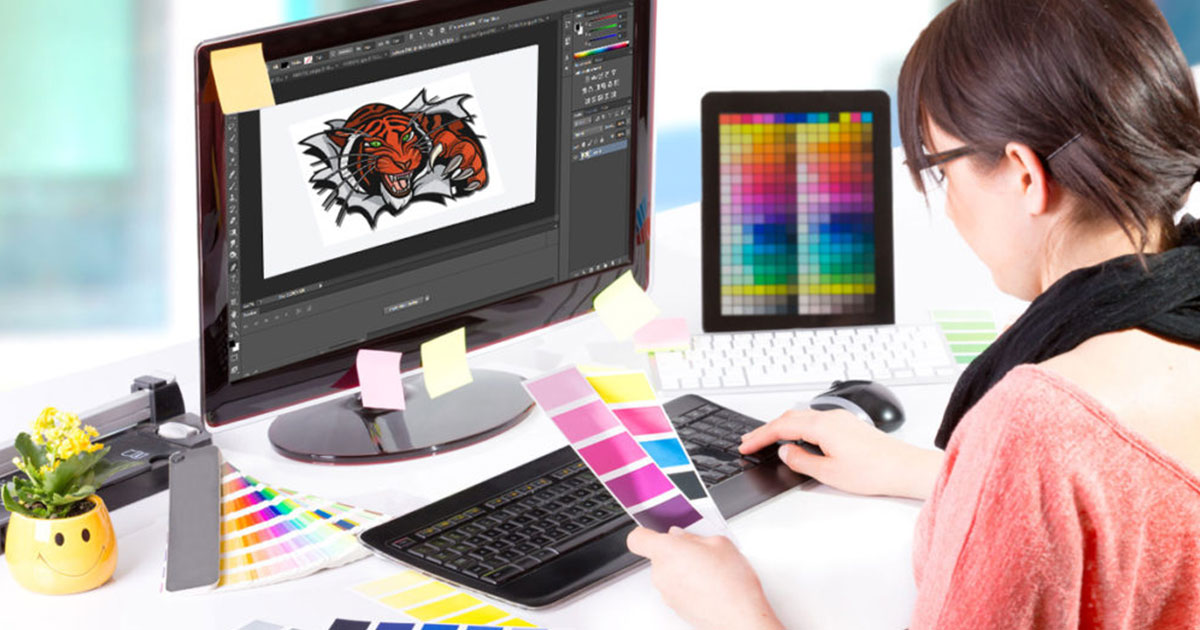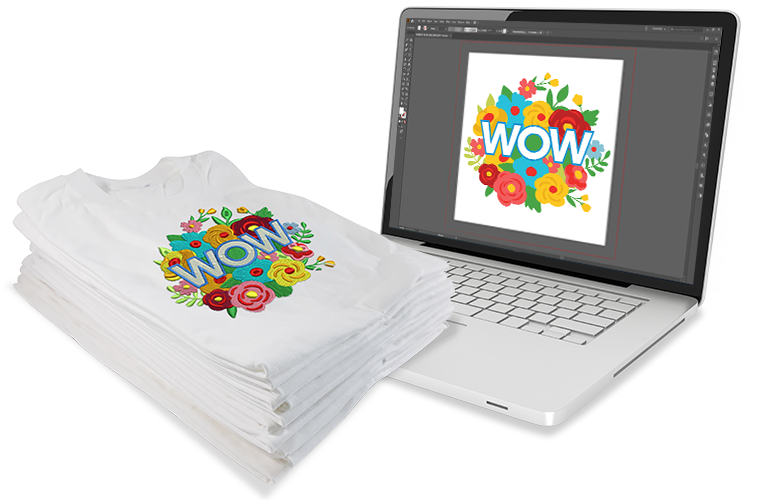Efficient Digitizing for Embroidery: Quick Turn-around
Grasping the Needlework Digitizing Refine: Your Ultimate Guide
Embroidery digitizing is a precise craft that calls for accuracy and proficiency to convert elaborate styles right into digital styles for machine needlework. As artisans get started on this journey to master the needlework digitizing procedure, an extensive understanding of the basics sets the structure for excellence.

Recognizing Needlework Digitizing Basics
Needlework digitizing basics form the structure whereupon complex layouts are converted right into machine-readable styles for specific sewing. This preliminary action in the needlework digitizing procedure is important for guaranteeing that the last embroidered item is a faithful representation of the initial style. Understanding embroidery digitizing essentials involves understanding crucial ideas such as stitch types, stitch direction, density, underlay, and pull payment.
Sew kinds play a crucial function in figuring out the visual and textural result of the embroidered design. By choosing the appropriate stitch kind, whether it be satin, fill, or running stitch, digitizers can achieve the wanted impact and improve the overall top quality of the needlework. Additionally, sew direction affects the circulation and measurement of the design, while thickness establishes the spacing and coverage of the stitches.
Moreover, rug sewing offers security to the layout by securing the material and protecting against distortion during the needlework procedure. Draw settlement is another essential factor to consider to counteract the natural propensity of textile to contract when stitched. Mastering these needlework digitizing basics is basic for producing professional-quality embroidered items.
Picking the Right Digitizing Software Application
Selecting the ideal digitizing software is a vital choice that substantially impacts the performance and quality of the needlework digitizing process. Digitizing for Embroidery. When picking the right digitizing software, it is important to think about elements such as the complexity of styles you intend to produce, the user-friendliness of the software application, the degree of customer support provided, and the compatibility with your embroidery machine
There are numerous digitizing software program options readily available in the market, varying from fundamental programs for novices to sophisticated software for professional digitizers. Some popular options include Wilcom EmbroideryStudio, Hatch Embroidery Software Application, and PulseID. These software packages offer a variety of tools and features to help you produce detailed layouts easily.
Before deciding, it is suggested to discover the different software program options through totally free tests or demos to figure out which one ideal fits your requirements. Furthermore, checking out evaluations and looking for suggestions from knowledgeable digitizers can offer valuable understandings into the toughness and weaknesses of each software program plan (Digitizing for Embroidery). By carefully examining your needs and contrasting the functions of various digitizing software program, you can make an informed option that improves your needlework digitizing operations
Digitizing Devices and Techniques

Optimizing Layout Settings for Needlework
Understanding the details of design setups is essential in accomplishing ideal lead to the needlework digitizing procedure, structure upon the foundation laid by understanding digitizing devices and techniques. When enhancing layout settings for needlework, it is essential to take into consideration aspects such as stitch kind, density, rug, pull payment, and enrollment. Sew kind selection affects the total feel and look of the style, with choices like satin, fill, Digitizing for Embroidery and running stitches using different textures and results. Thickness describes the spacing and thickness of stitches, impacting the layout's protection and longevity. Correct underlay stitching offers stability and avoids fabric distortion, specifically for complicated layouts or on elastic materials. Draw payment adjusts for material stretch during sewing, making certain precise design duplication. Registration setups straighten different aspects of the design precisely, keeping total layout honesty. By fine-tuning these style setups, embroiderers can boost the quality and precision of their embroidered developments.

Troubleshooting Common Digitizing Issues
When running into usual digitizing issues throughout the needlework procedure, it is necessary to understand the source and apply reliable remedies promptly. One usual trouble is stitch thickness problems, where stitches might be as well thick, triggering the fabric to tighten, or also sporadic, bring about gaps in the design. Changing the stitch density setups in the digitizing software click here to find out more application can assist settle this issue.
Another regular difficulty is string breaks during the needlework process. This can happen as a result of different reasons such as incorrect tension setups, dull needles, or making use of low-grade view it now string. Making sure correct upkeep of the embroidery device, consisting of normal needle adjustments and tension adjustments, can decrease the occurrence of thread breaks.
Furthermore, layout enrollment mistakes can result in misaligned components within the embroidery style. Checking the design placement in the digitizing software program and making essential adjustments prior to stitching can aid in avoiding this concern. By resolving these usual digitizing issues promptly and properly, you can guarantee a smoother embroidery procedure and high-quality completed products.
Verdict
In conclusion, understanding the embroidery digitizing process requires a solid understanding of the basics, the right selection of software application, and expertise of tools and methods. Maximizing layout settings and repairing common digitizing issues are critical steps in guaranteeing top quality embroidery results. By adhering to these actions vigilantly, one can achieve precision and effectiveness in the digitizing procedure.